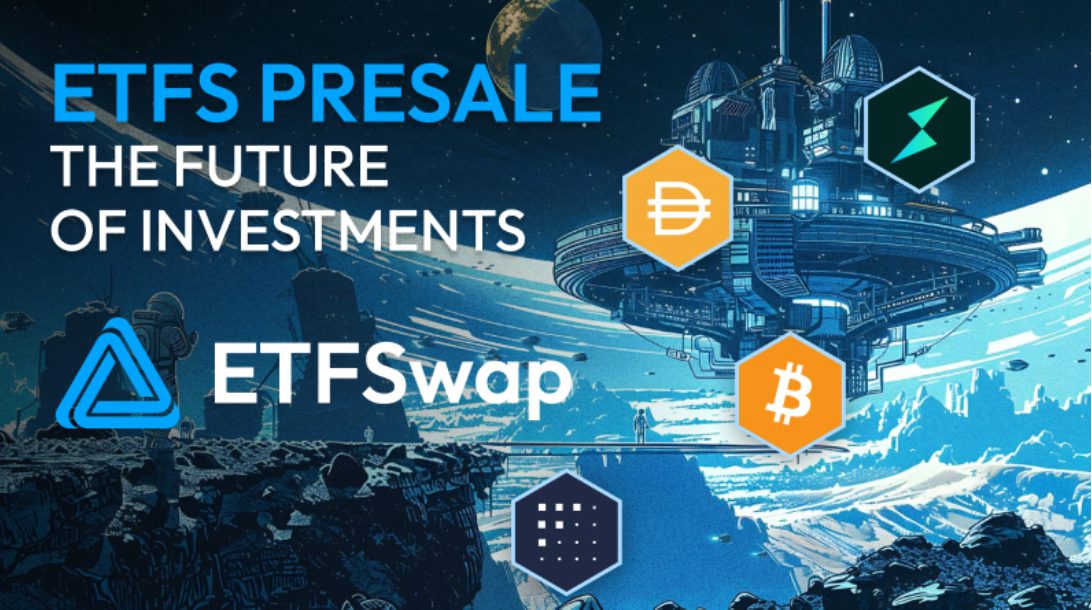Binance Announces New Quarterly BNB Burning Mechanism, Token Price Increases Slightly
According to the latest announcement, the Binance exchange will introduce a new quarterly Binance Coin (BNB) burning mechanism that is no longer dependent on the exchange’s earnings. What effects does this have on the BNB price?
Binance’s new coin burning mechanism
From mid-December, the Binance ecosystem will exist in parallel with two BNB burning mechanisms:
Binance’s quarterly Coin Burn is a deflationary mechanism that allows the exchange to redeem and permanently burn a certain amount of BNB that is in its treasury. Currently, the value of the coins burned is 20% of Binance’s profit for the respective quarter. As a result, while the exchange does not publicly disclose its earnings, there are sources to suggest that Binance is currently making around $ 2 billion in earnings per quarter.
But that’s a thing of the past. Binance has switched to burning only BNBs owned by the Binance team based on trading volume and not buying back BNBs from the market. Nevertheless, they have committed to incinerate BNB so that the total supply is reduced by 50% to only 100 million BNB. The last quarterly BNB burn took place in mid-October and burned 1.3 million BNB worth $ 639 million.
However, Binance stated that it was necessary to speed up the process in order to bring it up to date. Otherwise, it would take 27 years to meet the massive target of half of the total BNB supply in circulation. Many investors have always hoped for a coin burn, as this often drives up the token price. However, the recent coin burns are unlikely to have much of an impact on price.
Beginning November 30, 2021, Binance will apply a mechanism to incinerate BNB from Binance Smart Chain (BSC) transaction fees, with a burn limit of 10% of the gas fee of a BSC transaction block. BEP-95 will continue to burn tokens even after crossing the 100 million BNB quarterly BNB burn threshold. According to statistics, BSC burns up to 860 BNB per day thanks to BEP-95.
The new mechanism called BNB Auto-Burn is being adopted by Binance to replace quarterly BNB Burns with immediate effect. The aim is to bring more transparency into your actions. In addition, the calorific value no longer depends on sales / trading volume on the Binance exchange.
The new quarterly BNB burning formula is:
In there:
- B is the amount of BNB burned.
- N is the number of blocks BSC created during the quarter, the average estimate is 2,592,000. Block / quarter.
- P is the price of BNB against USD.
- K is the anchor price constant, which was originally set at 1,000 but is subject to change based on the wishes of the BSC community.
It can therefore be seen that the quarterly value of the BNB burned from now on depends more on the number of BSC blocks generated during the quarter and on the market price of the BNB. This will better reflect the supply-demand relationship for BNB, which is easy to calculate based on public blockchain data, as well as showing that BNB is a token of an ecosystem that is not tied to the Binance exchange.
In addition, with the new BNB auto-burn burning mechanism, the number of burns is inversely proportional to the price. If the BNB price falls, the number of burns will increase to reinforce the deflationary effect and raise the price of BNB. When the BNB price is high, the amount of coins burned will decrease. And this will more or less affect the coin price in the market.
At the time of writing, the BNB price is up over 1% and is trading at $ 536.7. Let’s wait and see, with the new burning mechanism, the BNB price action will or may not change unexpectedly in the future.
Source: TradingView
Join Bitcoin Magazine Telegram to keep track of news and comment on this article: https://t.me/coincunews
Follow the Youtube Channel | Subscribe to telegram channel | Follow the Facebook page





















